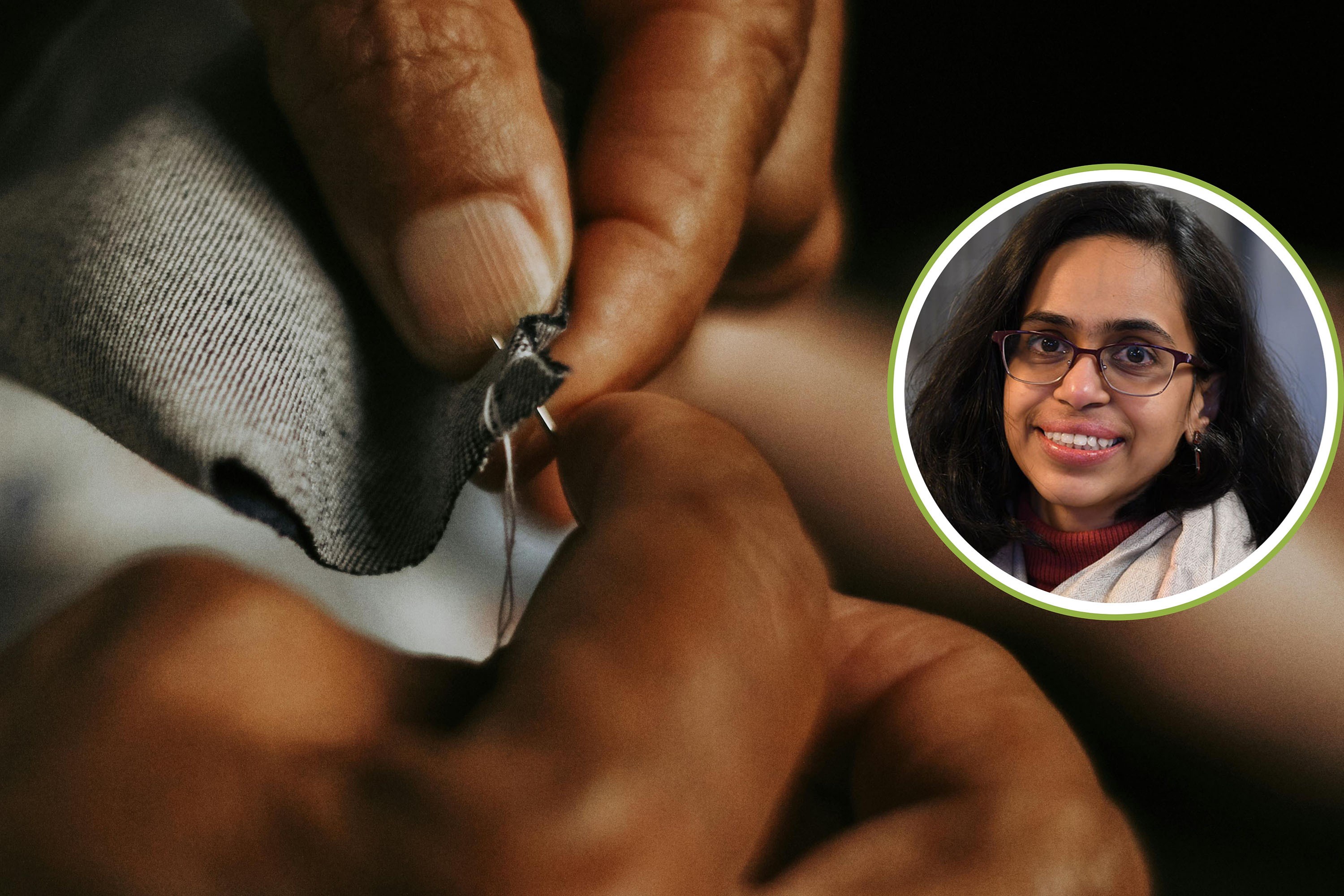
Fixing things is great, but why don’t many people talk about it?
A new DIG study explores how concerns about social image stop us from repairing our products.
In an age where sustainability dominates conversations, greenfluencers play a critical role in shaping public attitudes toward sustainable living. Social media influencers championing sustainable lifestyle often talk about vintage finds, secondhand luxury items or restoration of antiques. Surprisingly, topics about everyday repairs and the culture of ‘mending’ things are not as popular. Aruna Divya Tatavarthy’s latest research explores this tension, looking into what keeps repairing from becoming “cool”.
A social stigma
For many, the idea of mending clothes evokes nostalgic images of grandmothers sewing. Yet, as Tatavarthy points out, repairing is far from commonplace today.
“It’s not socially cool to talk about fixing routine items like the zipper of your bag,” she explains.
However, mention restoring a luxury handbag or a vintage heirloom, and the tone shifts entirely.
Tatavarthy’s research demonstrates that repairing often carries a social stigma. In experiments involving Instagram and Facebook profiles, audiences perceived individuals who repaired items as less affluent than those who simply purchased sustainable alternatives.
“People don’t want to be seen as fixing things out of necessity. They want it to feel like a choice, not a compromise,” she adds.
The power of perception
The research was inspired by new European laws, encouraging repairability and sustainability. Tatavarthy also made an observation, that further developed her interest in the subject: conversations about repair often revolve around high-end or heritage items. But what about the everyday items? Tatavarthy believes that for repair culture to thrive, it needs to transcend luxury and become a normal, accessible practice.
A key social barrier lies in perception.
“If a luxury brand promotes repair as chic and intellectual, it becomes acceptable,” she notes.
In other words, brands and influencers have the power to shift this narrative by framing repair as both cool and economically sensible.
Tatavarthy’s research underscores how sustainability is as much about social perception, as it is about practicality. For repair culture to truly take hold, it must shed its association with necessity, instead becoming a symbol of ingenuity and self-reliance.
